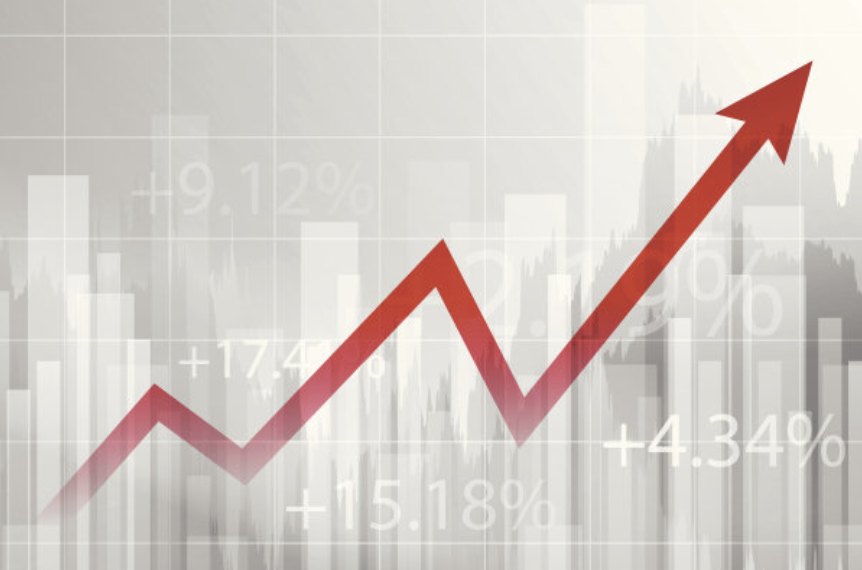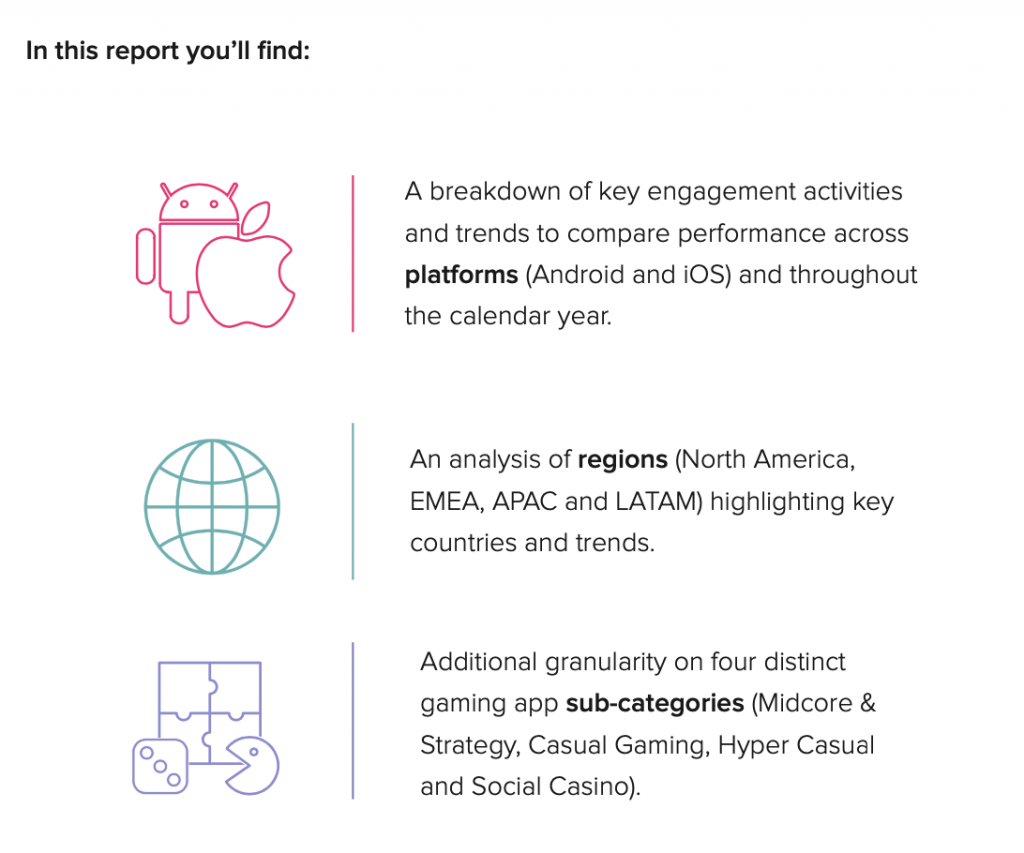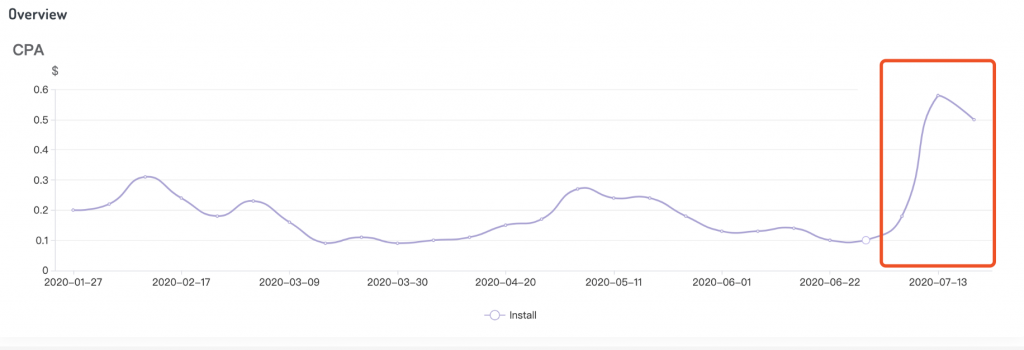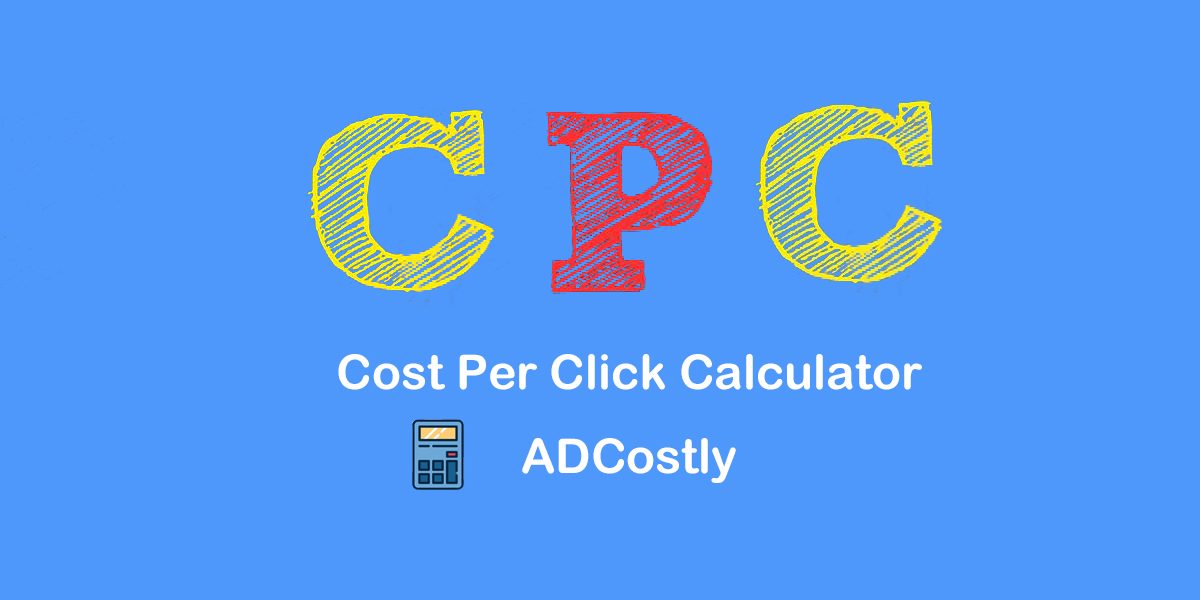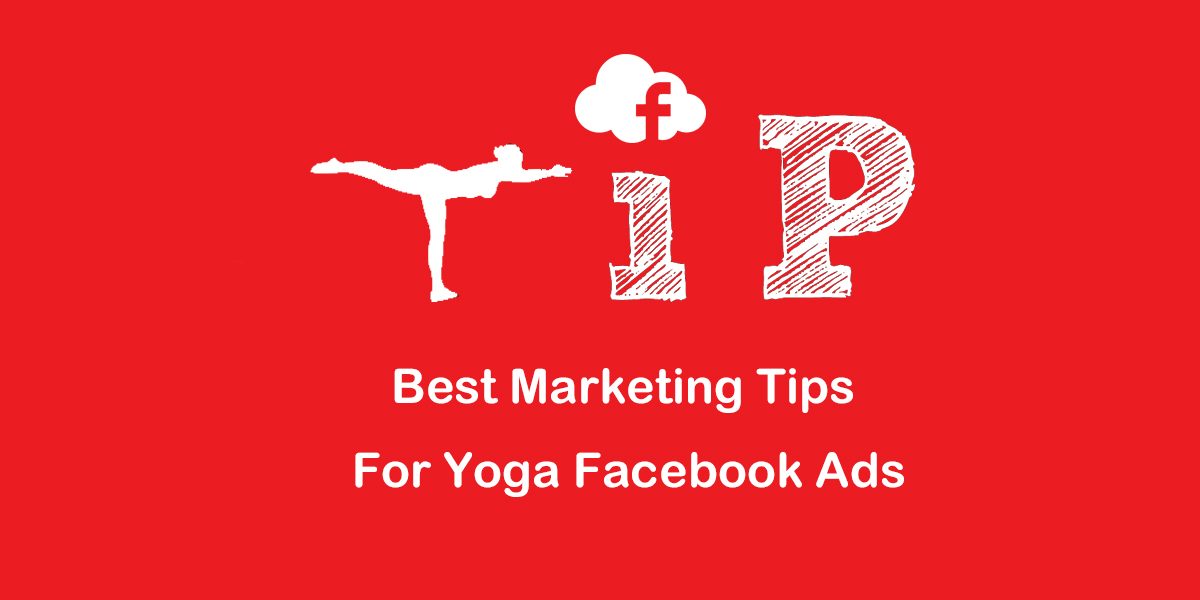How much should i spend on facebook ads?[Tutorial for beginners]
How much should you spend on your Facebook ads? This is related to every advertising optimizer, and different people will also work out different advertising budgets. Some people pay tens of dollars for advertising, while others spend tens of thousands of dollars. Advertising budget depends on three aspects: advertiser needs, market advertising cost benchmarks, and advertising capital investment. These three factors have a very important impact on advertising costs. The following is the advertising cost of a product, let’s take a look at how much money was spent.

We started advertising on August 4, 2020, and it has been exactly one month so far. At present, it has attracted nearly 1,000 users, registered 100, with a conversion rate of 10%, which is a very normal conversion level. The current advertising costs $309.8, achieving a small drainage effect.
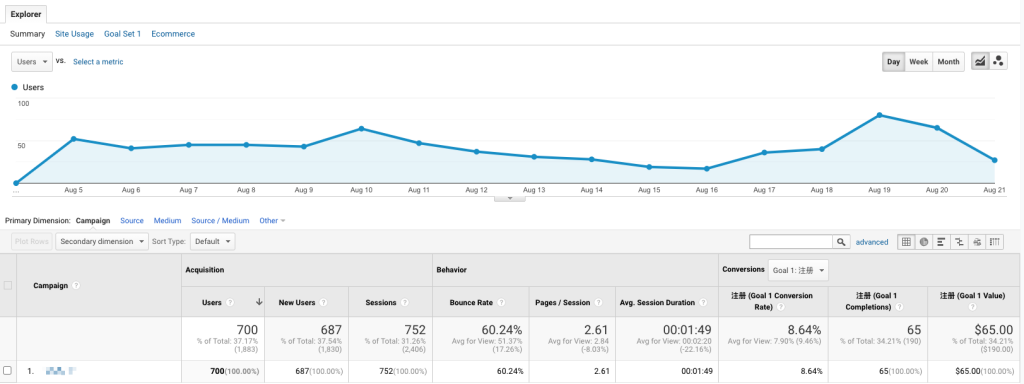
Our advertisements are divided into two stages. In the first stage, the demand is to improve brand awareness. Therefore, the advertisement keywords we put on are wide and the user drainage effect is better. In the second phase, after August 22, we optimized the advertising, and our demand became to increase the user registration conversion rate. Therefore, we have refined the keywords. We can see that the number of users has dropped significantly, but the registration conversion has indeed improved.
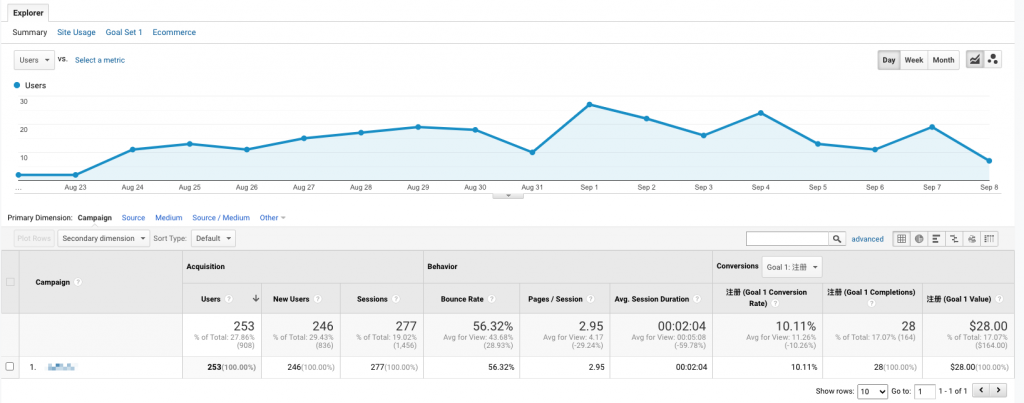
From the above advertising case, we can probably summarize the following two points:
- Demand is the foundation of advertising
- A registration costs about $3, which is a good fee
Of course, the market’s advertising cost benchmarks and the amount of funds invested by advertisers are also very important, the following is a detailed introduction.
Advertiser needs
Just like the above two stages of advertising, their needs are inconsistent, so the implemented campaigns will be different, and the advertising costs will also change accordingly. The needs of advertisers can generally be divided into promotion of brand effect, user flow, and registration conversion.
Improving the brand effect often requires the placement of a large number of advertisements. These advertisements will be placed in very obvious places, and the pictures will be very beautiful, so that users can leave a deep impression. Such advertisements often do not have URL and CTA, and spend a lot of money to promote. This kind of advertisement is more suitable for medium and large brands, so that more people can understand our products.
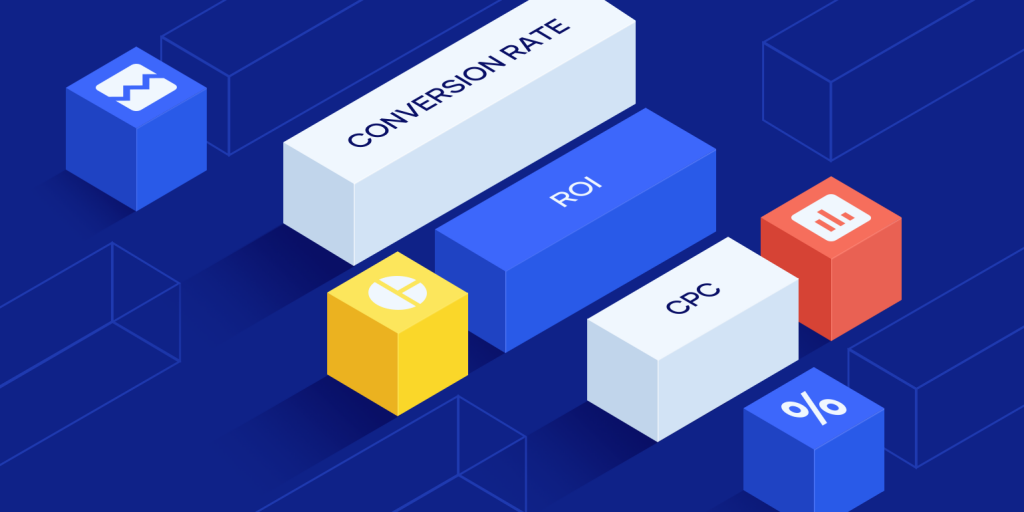
The user flow will also put a very large number of advertisements, but unlike the ads that promote the brand, the ads often have CTA and URL, and are more in line with user needs, focusing on solving user pain points. Advertising needs to drive customers to the website and encourage customers to consume. Such advertisements are suitable for new products and are used for large-scale drainage in the early stage, as in the case of the first stage of advertising demand.
Ads that focus on registration conversions often require refined campaign processing, selecting the most appropriate keywords, and investing a small amount of money to achieve clicks and registrations. Such advertisements are suitable for companies with low capital, ensuring that every money is paid off. In the case of the second stage of advertising demand, the conversion rate increased and the number of users decreased.
Market advertising cost benchmark
The amount of advertising spend is also related to the market advertising cost benchmark, and the CPC, CPM, and CTR of the advertisement will change under the influence of external factors. Just like stock trading, we can reap a large sum of money by providing financial support at the right time. Similarly, investing at an inappropriate time will naturally also lose money. Advertising will not lose your money, but the advertising costs will vary greatly at different times.
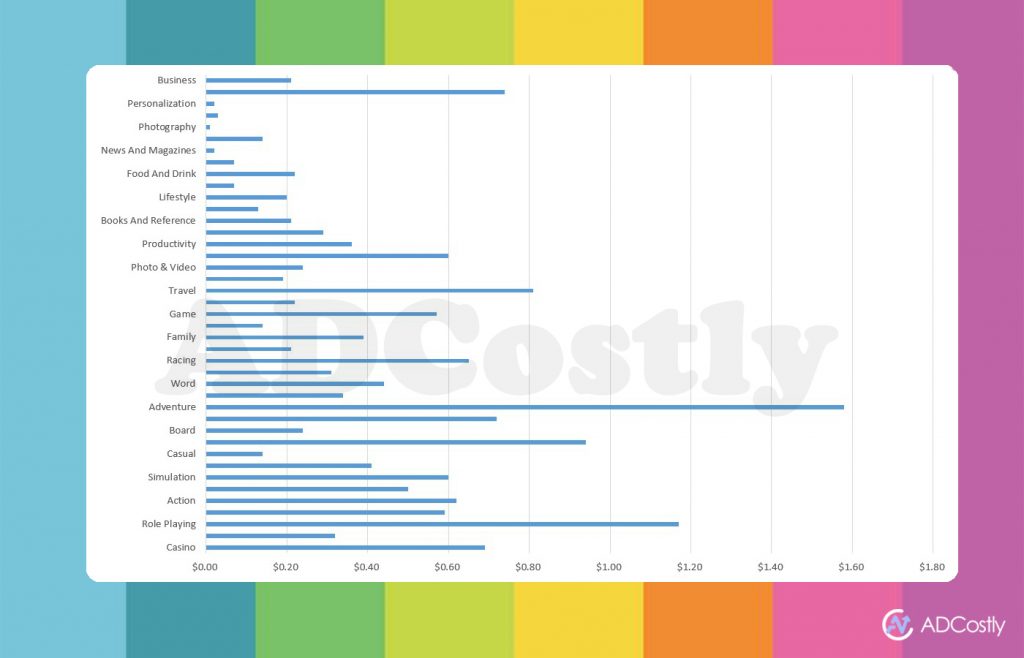
ADCostly calculated the average CPC data of Facebook advertising in the first half of 2020. From the overall trend, the CPC price of game-related advertising is generally higher than that of non-game advertising. The top three CPC rankings are adventure games, role-playing games, and travel. The bottom two CPCs are photography and personalized advertising.
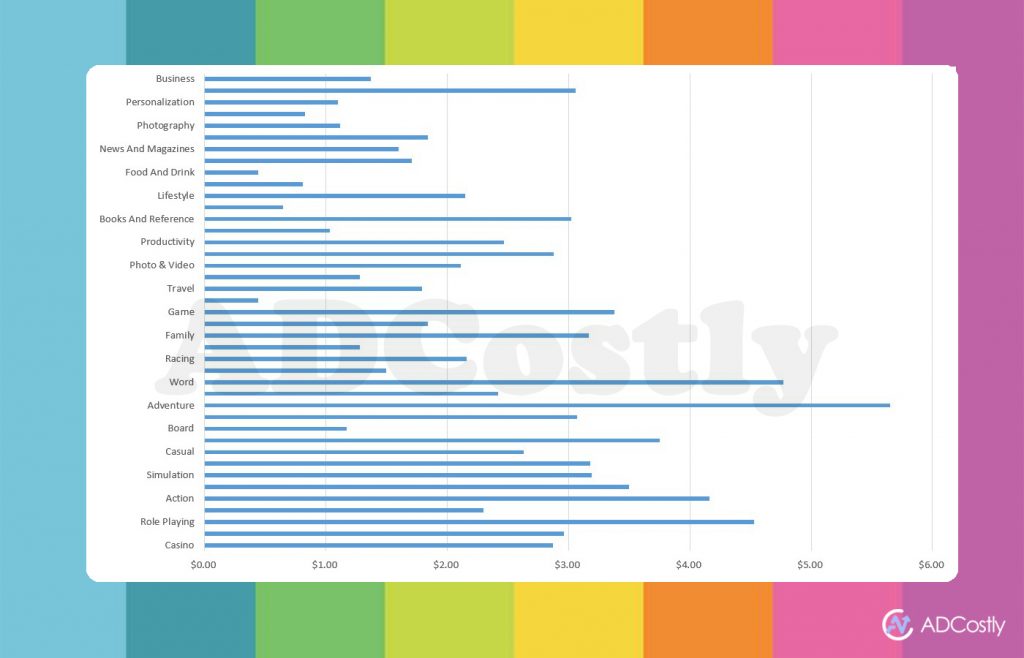
There will be some differences between the data of CPM and CPC, and the CPM of all categories is not much different. The top three categories of CPM are adventure games, word games and role-playing games. The CPM of food and catering has become the lowest in the past six months.
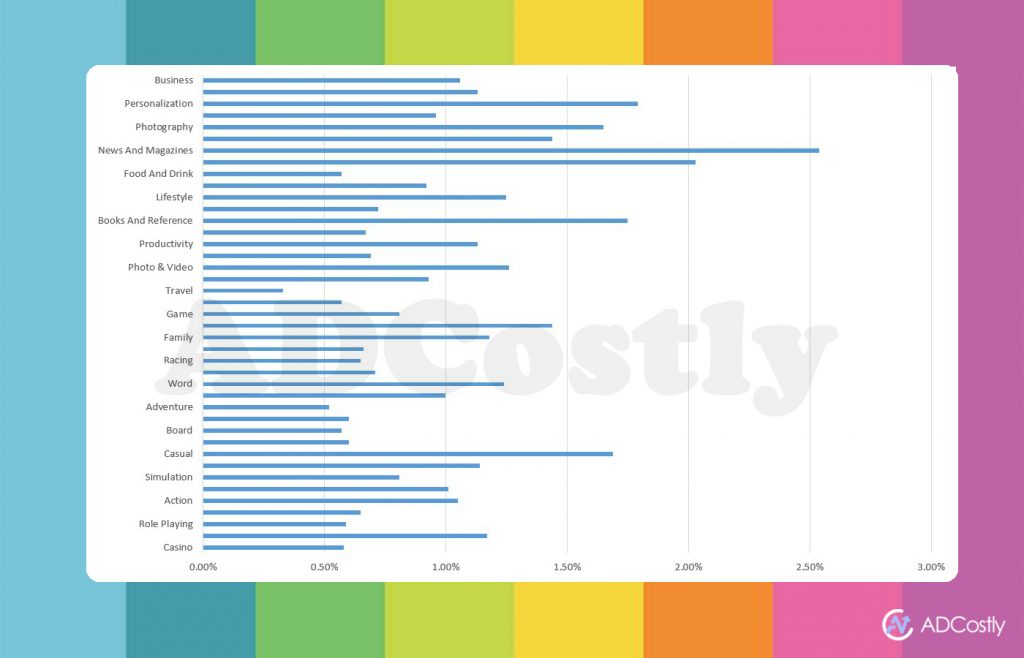
CTR is the opposite of CPC and CPM. The CTR of game ads is generally lower than that of non-game ads. The top three are news and magazines, comics, and personalized ads. Affected by the epidemic, news ads have a higher click-through rate. Although the click-through rate of game ads is lower than that of non-game ads, there is no big gap in overall data.
More advertising benchmark data can be viewed by clicking on the index:
Advertising capital investment
The amount of advertising funding is a direct factor in how much advertising costs are spent. How much reserve funds you have directly affects your advertising costs. Using $300 to achieve 100 user registrations and 1,000 users, of course, if the long-term release will achieve better advertising effects. If you have enough funds, even if the effect of the campaign is poor, you will get enough users with the support of enough money. You can invest according to your actual situation. Unless you hate money, you’re only going to increase your ad budget if your Facebook ad campaigns are profitable.
Summary
Advertising costs are affected by three factors, and you must take these three aspects into consideration when advertising. Clarify your own advertising goals, determine the amount of advertising budget you invest, and then make reasonable advertising based on the current market cost benchmarks.

